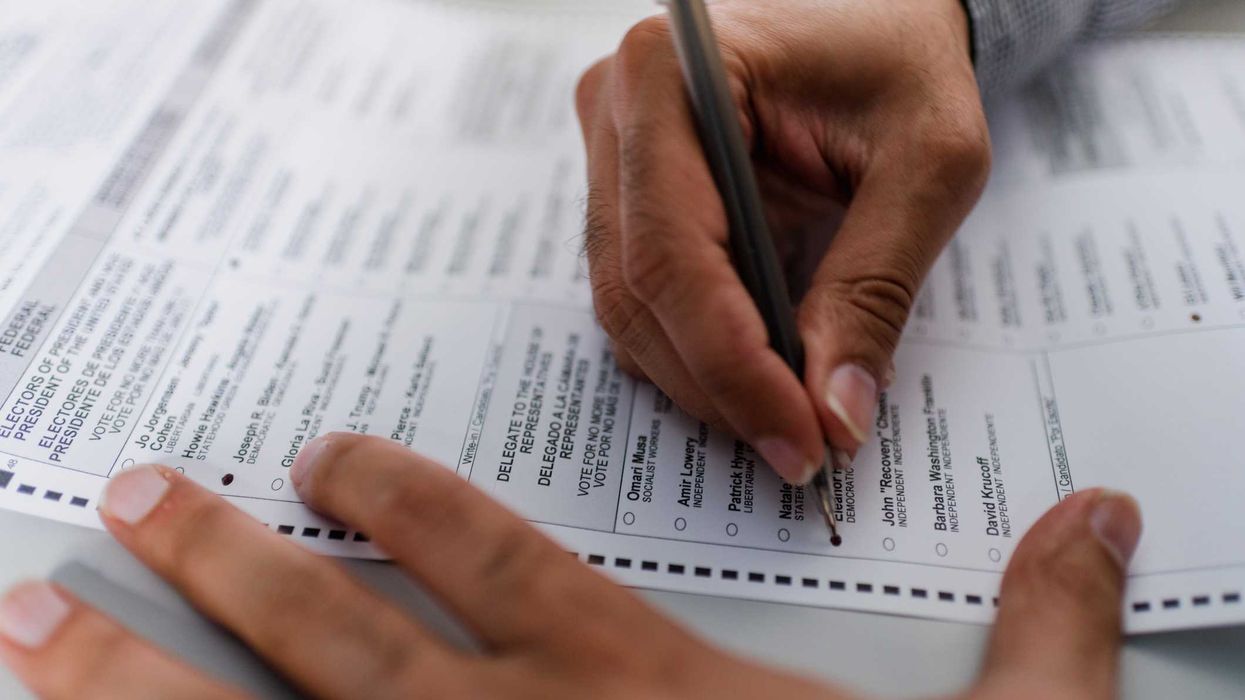Nate is a Communications Consultant for RepresentUS, a nonpartisan organization focused on minimizing corruption in the U.S. political system.
I have an embarrassing confession to make: I’m a political junkie, but I didn’t vote in the last two federal elections.
As a center-right voter, wholly disillusioned with the direction of my former party, I refuse to “hold my nose” and vote for candidates who don’t reflect my values. Friends, family, and the internet try to browbeat me into voting for one of the major party’s candidates by telling me that not doing so is the equivalent of voting for “the other side.”
But America is the land of opportunity and unlimited options. In a country where we have literally hundreds of deodorant choices, we are also told that elections have only two options.
In a free market, supply meets consumer demand; in our democratic republic, elected officials should reflect the voters’ demands. But thanks to the two-party duopoly, most Americans feel that their elected officials simply don’t reflect their values. A recent Gallup poll found that a record 49 percent of voters identify as politically independent.
I could sit here and complain about my sense of political homelessness until I’m blue in the face. Instead, I’m choosing to fight for my voice and my values. That’s why I’m working to promote Ranked Choice Voting (RCV), a simple but important change to our voting system that gives us more choice and more voice.
RCV is an extremely simple process. Instead of agonizing over which candidate to choose, voters rank candidates in order of preference. If no one receives a majority of the vote, the candidate with the least votes is removed, and voters who selected them as their first choice have their votes reallocated to their second choice. The process continues until one candidate has a majority. This way, we no longer need to worry about voting strategically or otherwise “wasting” our votes.
Most importantly, RCV empowers us to reject the “lesser of two evils” because we can now demand better than the “evil of two lessers.”
With RCV, candidates are incentivized to build positive, issues-focused campaigns. They are motivated to reach communities and voters they might otherwise have ignored. And under RCV, good candidates aren’t at risk of “spoiling” elections, and bad candidates can’t win just by demonizing their opponents.
A majority of Americans, including half of Republicans, support RCV. It’s the politicians who don’t.
Recently, a lawmaker told me they supported RCV in theory, but were concerned they could “get flanked by a moderate and lose.” What they were really saying was, “I’m worried that RCV would allow a candidate who better represents the interests and values of my district to beat me.”
And that’s the trouble with implementing RCV. Republican and Democrat politicians alike oppose RCV because they’re afraid that it will give voters more choice and more power, and that’s a troubling thought for most politicians.
In these polarizing times, it’s easy to think that any political issue inherently benefits one side or the other. But that isn’t the case here. RCV has broad support from voters across the political spectrum, and it may be the only thing that can heal our deepening political divide.
If you want our elected leaders to better reflect our priorities and become more responsive to the will of their constituents, then RCV is for you. We can do so much better than a system where most of us passively check the box for one of only two parties. We can build a better system that encourages our active engagement in the political process — and that starts with RCV.


















